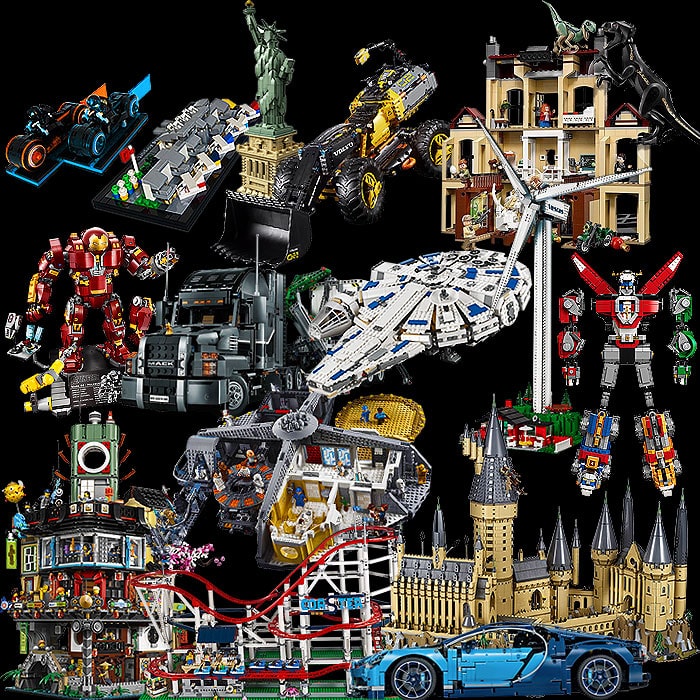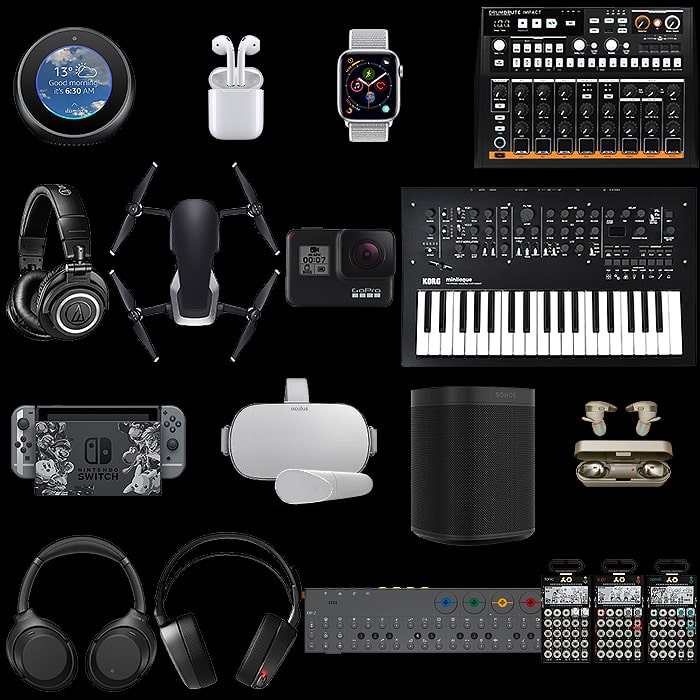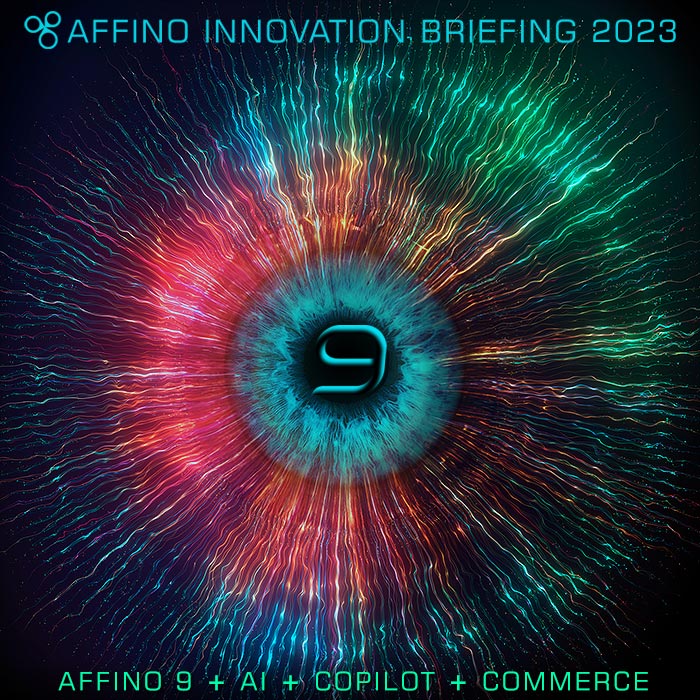Marketing 101 for All

I often get asked for Marketing Advice by various family members, some more than others obviously, and all understandable since I am indeed a Brand Strategist and Brand Engineer. Branding and Marketing are both a Science and an Applied Art, which means there is a golden best practice standard / model which any and all marketeers can follow / apply.
This article will hopefully set down the markers clearly, to explain the essential fundamentals of scientific marketing.
Let’s bring it back to basic principles first - where all marketing deliverables largely consist of 3 essential parts:
1. The Hook - A Beneficial Offer
Your opening gambit has to be an attention grabber, it has to mean something to the intended target audience, and it has to carry and convey an obvious offer - what is being offered here, why is it special, and how does it benefit me and my needs?
2. The Proof - Substantiation and Essential Details, aka The Clincher
It’s all very well making a big statement, but you have to ground it in reality and give it relevant context to help the target audience decide this is a credible offer, and that it is relevant to them and their current needs.
3. The Action (Call to Action) - Outcome / Next Step / Takeaway
What is the goal of this marketing deliverable, what is the expectation? There has to be a clear an obvious follow-up option - buy it now at ... or sign up now at ... or at least a URL as in our example
The Seiko LifeTime Example
The above visual is entirely my own invention and intended for educational purposes only - to illustrate The Hook, Proof and Action principles. The Hook is a play on words suggesting that this watch is the only one you will ever need, the Proof then backs up the claim with pertinent facts, and hopefully leads you to checking out the Seiko Watches website (Action).
Benefits vs Features
Several marketeers and advertisers go wrong by failing to include an integral benefit in their offer. What you propose has to be something new, different, cheaper or better than what’s come before. The best marketing combines written and visual puns, metaphors and similes to convey the exact nature of what’s on offer.
You should never make a matter-of-fact statement, you need to put yourself firmly in the mind of the consumer and ask what the consumer wants, what motivates them, and how then this is translated into an active need for your product or service.
The central mechanics to these marketing deliverables have to work in two directions - there has to be a benefit for the consumer, yet there also has to be a clear and inherent benefit for the supplier. It is essentially a value exchange.
Push vs Pull
The vast majority of advertising is ’Push’ or supplier driven - whereas often the strongest form is ’Pull’ marketing based on your delivering something there was an active requirement for. E..d. ’You asked for...’, ’We’ve been working on it for the last 2 years and here it is...’
Far more often though marketeers are having to artificially generate demand for something consumers did not really knew existed or did not really know they had a need for.
Hence targeting the correct audience with totally relevant language, semantics and subject matter is normally the typical task. Unisex marketing is often quite tricky, far more effective is to know exactly who your ideal customer - is in terms of an accurate proflile of a typical customer, then leveraging the appeal of your product or service against that.
Absolute Relevance
Once your Target is identified, all your materials have to match up and reinforce each other. There are the occasional times that inconguities work, but by and large, the Text and the Visual elements need to be totally complementary and should support each other. There’s many a time you see totally the wrong visuals with some actually quite cleverly written copy. This means you have to be age-appropriate, accent colours are significant, as is the vocabulary and tone of voice.
Too many times someone picks a nice background image which has nothing really to do with the text, in fact often visually contradicts the written message. This is like any great cultural exercise - like cooking, a task of getting all the right flavours and textures to work with each other within the appropriate timings.
Incentives and Accelerants
So far we have largely just talked around the 3 main variables - Hook | Proof | Action, but there is another critical component for the mix, which adds urgency and more relevance to your proposition - this being of course ’Time’. So much about marketing and commerce is date-related - timing is the magic accelerant which gives you more momentum and force of impact.
There’s nothing quite as good at motivating the masses as a limited offer. This can of course either be Time-limited, Venue-limited or Limited Edition - meaning the product or service is only available to the first 10 or 100 customers. Plenty of new product releases have an early-bird discount in order to ramp up the critical mass and conversational buzz - with a view to motivating the mainstream into action,
Curve of Adoption
The relativity of your sales-cycle, and where your various customers are in that process is key to the success of your business. Going from Innovators to Early Adopters, the Early Majority, Late Majority and Laggards. This also tends to equate with the sales curve or selling price, as discounts are often / usually to be had at either end of the curve. Innovators benefit from discounts as they are the first to try out, road-test, figure-out, and promote those latest innovations. By the time the Laggards arrive, the next version of the release is about to go live, so they benefit from the end-of-cycle / end-of-season sale.
Events
We’ve talked about how Dates can add incentives to consumer behaviour, yet Dates can be marketing deliverables in and of themselves in the form of Events.
When publicising and promoting Events, the Hook, Proof, Action principles are just as important as before, only now there is a core additional component variable, which is often part of or tagged onto the central Hook.
For successful events - you need to learn to brand these too - whether it is an Expo, Summit, Conference, Congress, Festival etc. Even the more mundane events need a buzz to them - something alliterative and catchy that is easily recalled. Ideally it too carries the description of exactly what sort of event this is, and some of the inherent benefits of said event.
Events though are actually 2-in-1 marketing exercises, because the Actions are normally two-fold, and getting people to actually turn up is only half the challenge. The key call-to-action is usually the secondary action - i.e. what were you actually hoping to get out of the audience. So Events need to be viewed from various angles, and need to have dual triggers and incentives - where the secondary action is often leveraged by some from of takeaway - something that stimulates memory and recall, and is not wilfully or accidentally discarded before it has yielded its full purpose.
Takeways and Memorabilia
I’ve never liked the term ’Merchandising’ or ’Merch’ - the fact that most of it is lowest common denominator tat does nothing to help the overall image of this. Whenever we have attended trade shows or exhibitions we have always had some high quality totally relevant memorabilia - whether sales presenters or giveaways prompts / props.
Memorabilia is there to aid potential consumers recall you in a favourable light, to be able to spark them into action at some later stage when their budgets have just been renewed or their incumbent supplier has failed to deliver on their promise / proposition.
As before, total relevance is key here - your takeaways and giveaways have to be wholly brand-relevant, and need to fit in with what your business does, and who you and your customers are (as well as current campaign themes). Everything you do will be interpreted and deciphered in some way by actual, potential and even non-targeted and irrelevant consumers who will never buy from you - yet they do carry a voice and opinion, and if they view your output as high quality, then positive word-of-mouth will still get out.
There are a number of companies whose products hold no particular interest or relevance to me, but I still hold them in high esteem as everything I have witnessed and experienced from them conveys a high degree of consideration and quality. Always strive to offer the very best quality at your price point, unless your business is actually based on shifting cheap tat. For most businesses and organisations though, the application of branding and marketing science to maintain consistently high levels of quality will eventually be highly regarded and highly rewarded.

Did you find this content useful?
Thank you for your input
Thank you for your feedback
Upcoming and Former Events
PPA Independent Publisher Conference and Awards 2023
Affino Innovation Briefing 2023
Press Gazette Future of Media Technology Conference 2023
PPA Awards 2023
Meetings:
Skype and Zoom
Registered Office:
55 Bathurst Mews
London, UK
W2 2SB
© Affino 2024



























